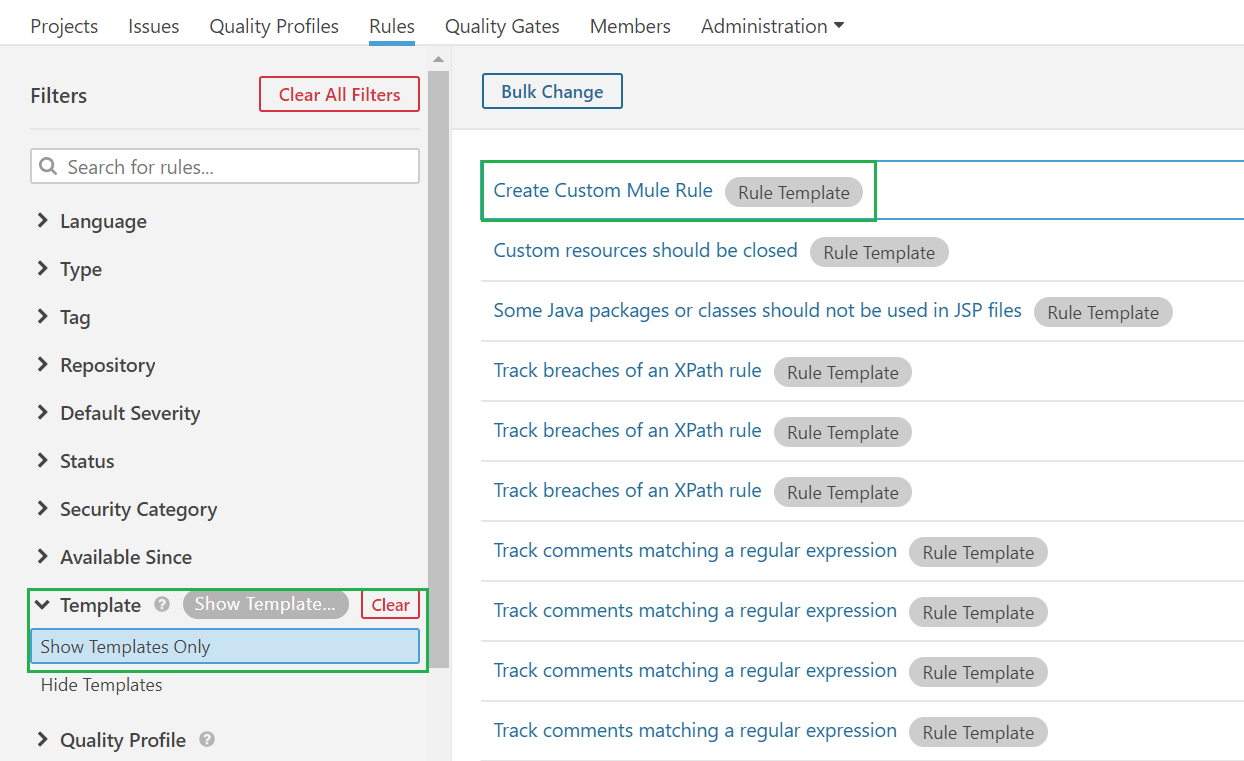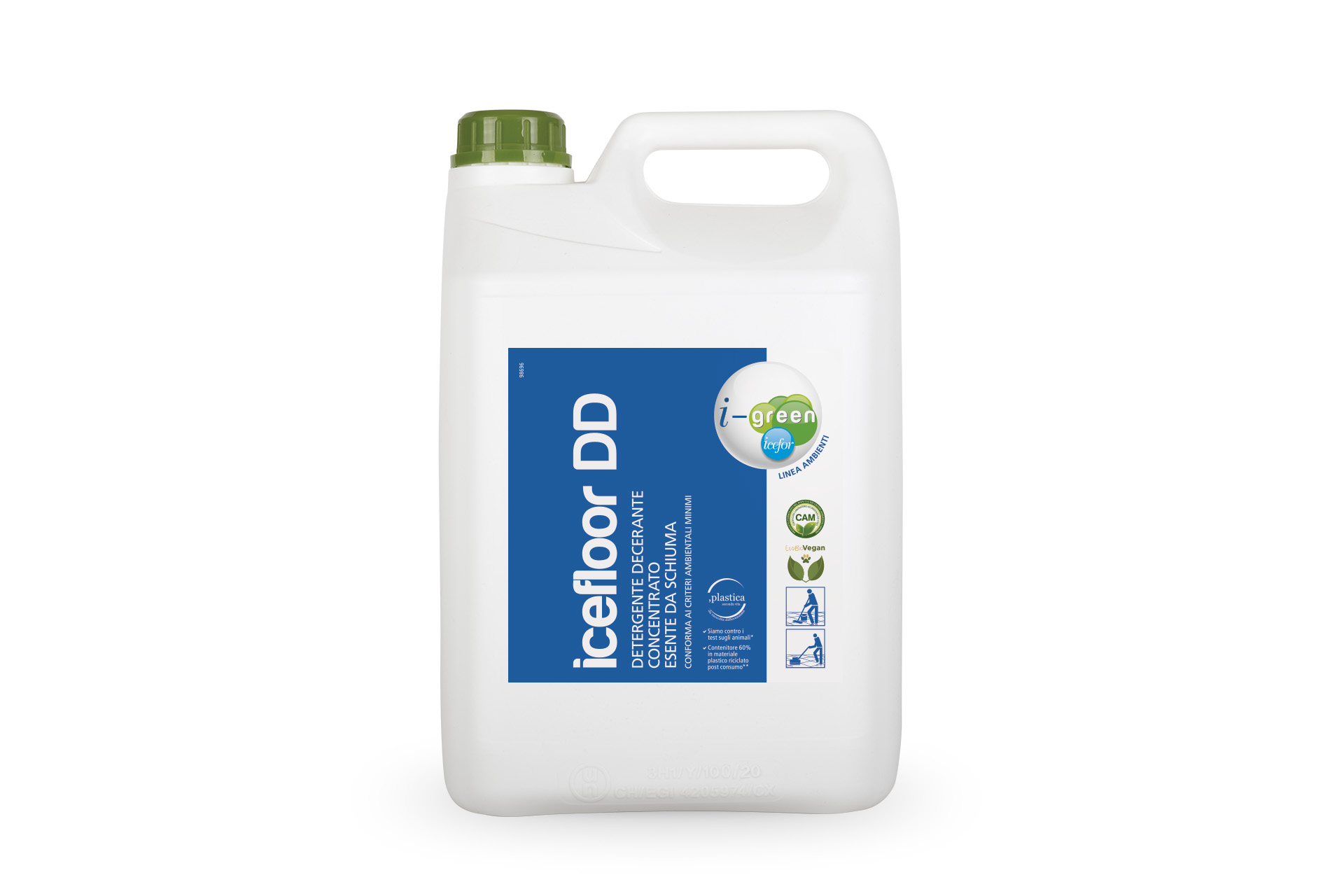
- #ADDING A CUSTOM RULE TO ICEFLOOR HOW TO#
- #ADDING A CUSTOM RULE TO ICEFLOOR MANUAL#
- #ADDING A CUSTOM RULE TO ICEFLOOR CODE#
You may want to use manualįiltering when large numbers of methods cause automatic filtering
#ADDING A CUSTOM RULE TO ICEFLOOR MANUAL#
Manual filtering: Type the filter text in the Filter fieldĪnd then click the Filter button (or pressĮnter) to apply the filter to the list. Automatic filtering: Type the filter text in the Filter field.Īs you type, the filter is automatically applied to the list of methods. The discovered sanitizer or validator routines should be applied toĪ single project or on a global level (to all projects). Imported rules to Global Scope check box determines if Select the Enable String Analysis to find validator/sanitizerįunctions check box to enable string analysis. With this detection, false positives and negatives can be reduced. It provides the automatic detection of sanitizer and validator routines. Monitors string manipulation in Java or Microsoft™. To cache vulnerability analysis, the vulnerability analysis cache The vulnerabilityĪnalysis cache will also be cleared (if the current project is set Identifies files external to this project to include in the scan.Ĭheck box to reread a modified project or modified code. The Select one or more files external to the project option. Isolates certain project files containing methods that might require The Select one or more files in the project option. This mode scans the entire project and returnsĪll available signatures. Scan the whole project for method signatures is. Select one or more files in the projectĪ Java project includes. NET project includes any valid assembly, typically a. Select one or more files external to the projectĪ. Scan the whole project for method signatures. #ADDING A CUSTOM RULE TO ICEFLOOR CODE#
Security analysis lets you pinpoint vulnerabilities in the source code and eliminate them entirely with AppScan Source Security Knowledgebase remediation assistance. With AppScan® Source for Development, you can work in your existing development environment and perform security vulnerability analysis on Java and IBM® MobileFirst Platform projects.
HCL® AppScan® Source for Development (Eclipse Plug-in). You can import Java applications from other application servers by extending the application server import framework, as explained in this topic. Extending the application server import frameworkĪppScan® Source allows you to import Java™ applications from Apache Tomcat and WebSphere® Application Server Liberty profile. The out-of-the-box AppScan Source rule library includes predefined rules and rule sets (collections of rules). When AppScan Source finds a match, the item appears in the findings table. Once you define a pattern as a vulnerability type, a scan of your source code identifies the pattern as a vulnerability. Auditors or security analysts performing triage might use pattern-based scanning to search for specific patterns in specific applications or in a project. Pattern-based scanning is similar to grep (grep searches one or more files for a given character string or pattern). All other outputs are marked as vulnerabilities if input has not been validated.ĪppScan® Source pattern-based scanning is an analysis of your source code based on customized search criteria. Through AppScan® Source trace, you can specify a validation routine that, if used, eliminates the reporting of any vulnerability. Some applications (particularly web applications) require input/output tracing to identify security vulnerabilities related to SQL injection, command injection, and cross-site scripting. Customizing input/output tracing through AppScan® Source trace. In the Custom Rules view, you create custom rules with the Custom Rules Wizard. The and attributes are part of the built-in rules and can be used when creating custom rules. The table displays the signature, language, and the purpose. Once you create custom rules, you view them in the Custom Rules view. In the Custom Rules view, you can open the Custom Rules Wizard, a tool that guides you through the creation of custom database records. This task topic describes the procedure for adding a custom rule using the Custom Rules Wizard. Custom validation/encoding routines are not global. Custom no-trace findings, sources, sinks, and taint propagators are always global. 
The scope of most custom rules is global (applies to all projects).

The Custom Rules Wizard helps you add methods to the AppScan® Source Security Knowledgebase. Custom rules tailor the AppScan® Source Security Knowledgebase (or vulnerability database) to your specific security standards and apply those standards consistently across your enterprise.

#ADDING A CUSTOM RULE TO ICEFLOOR HOW TO#
This section describes how to customize the database and integrate customized vulnerabilities and other routines into scans. Extending the AppScan® Source Security Knowledgebase.Customizing the vulnerability database and pattern rules.







 0 kommentar(er)
0 kommentar(er)
